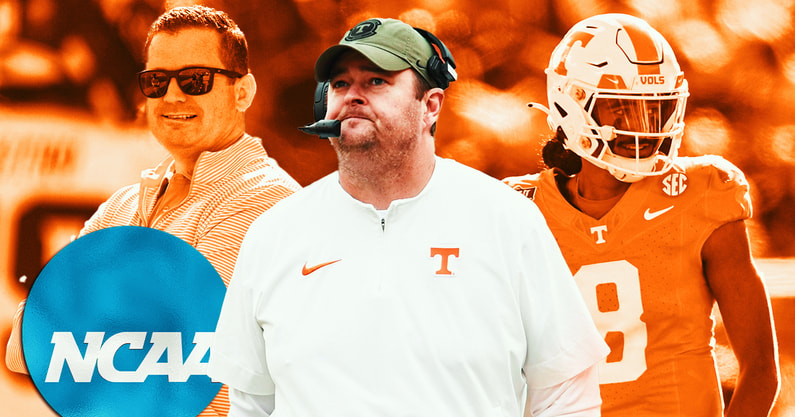landmark development, the National Collegiate Athletic Association (NCAA) has reached a settlement in its Name, Image, and Likeness (NIL) lawsuit with the state of Tennessee.his agreement permanently permits NIL collectives to negotiate deals with high school athletes and transfer portal recruits prior to their formal commitments.
he lawsuit, initiated by Tennessee, challenged the NCAA’s restrictions on NIL activities during the recruitment process.he state contended that these limitations violated antitrust laws and infringed upon athletes’ rights to capitalize on their own name, image, and likeness.ennessee Attorney General Jonathan Skrmetti emphasized that the settlement is designed to protect student-athletes’ NIL rights during recruitment and prevent the NCAA from reinstating its previous NIL recruiting ban.
his settlement signifies a pivotal shift in collegiate athletics, particularly in the recruitment landscape.IL collectives—organizations that pool resources to provide endorsement deals and sponsorships to athletes—can now proactively engage with high school prospects and transfer portal athletes before they commit to a university.his proactive engagement allows athletes to understand potential NIL opportunities at various institutions, thereby influencing their decision-making process. he agreement also underscores the evolving nature of athlete compensation in collegiate sports.istorically, the NCAA maintained strict regulations to preserve amateurism, prohibiting any form of compensation beyond scholarships.owever, mounting legal challenges and changing public sentiment have compelled the NCAA to reevaluate and modify its stance on athlete compensation.
his settlement aligns with broader national trends toward increased athlete compensation.n May 2024, the NCAA settled the House v. NCAA class-action lawsuit for $2.8 billion, agreeing to a revenue-sharing model that allows member institutions to distribute funds to Division I athletes who have played since 2016.his settlement permits schools to share up to approximately $20 million per year with their athletes. urthermore, the NCAA’s decision in July 2021 to permit athletes to profit from their NIL marked a significant departure from its longstanding policies.his policy change has led to a surge in endorsement deals, sponsorships, and other financial opportunities for student-athletes, fundamentally altering the collegiate sports landscape.
hile the settlement represents progress in athlete compensation, it also introduces potential challenges.he ability of NIL collectives to negotiate with recruits before commitments could intensify competition among universities, potentially leading to disparities between institutions with varying resources.here is also the concern that the focus on NIL deals might overshadow the educational objectives of collegiate athletics. dditionally, the NCAA and its member institutions must navigate the complexities of ensuring compliance with the new regulations.stablishing clear guidelines and monitoring mechanisms will be crucial to maintain fairness and integrity in the recruitment process.
he NCAA’s settlement with Tennessee marks a significant milestone in the ongoing evolution of collegiate athletics.y allowing NIL collectives to engage with high school and transfer portal recruits before their commitments, the agreement acknowledges the shifting dynamics of athlete compensation and the importance of empowering athletes to capitalize on their talents.s the landscape continues to evolve, stakeholders must remain vigilant to ensure that the core values of collegiate sports are upheld while embracing the opportunities presented by these changes. navlist NCAA’s $2.7 Billion Student-Athlete Settlement Wins Preliminary Court Approval
